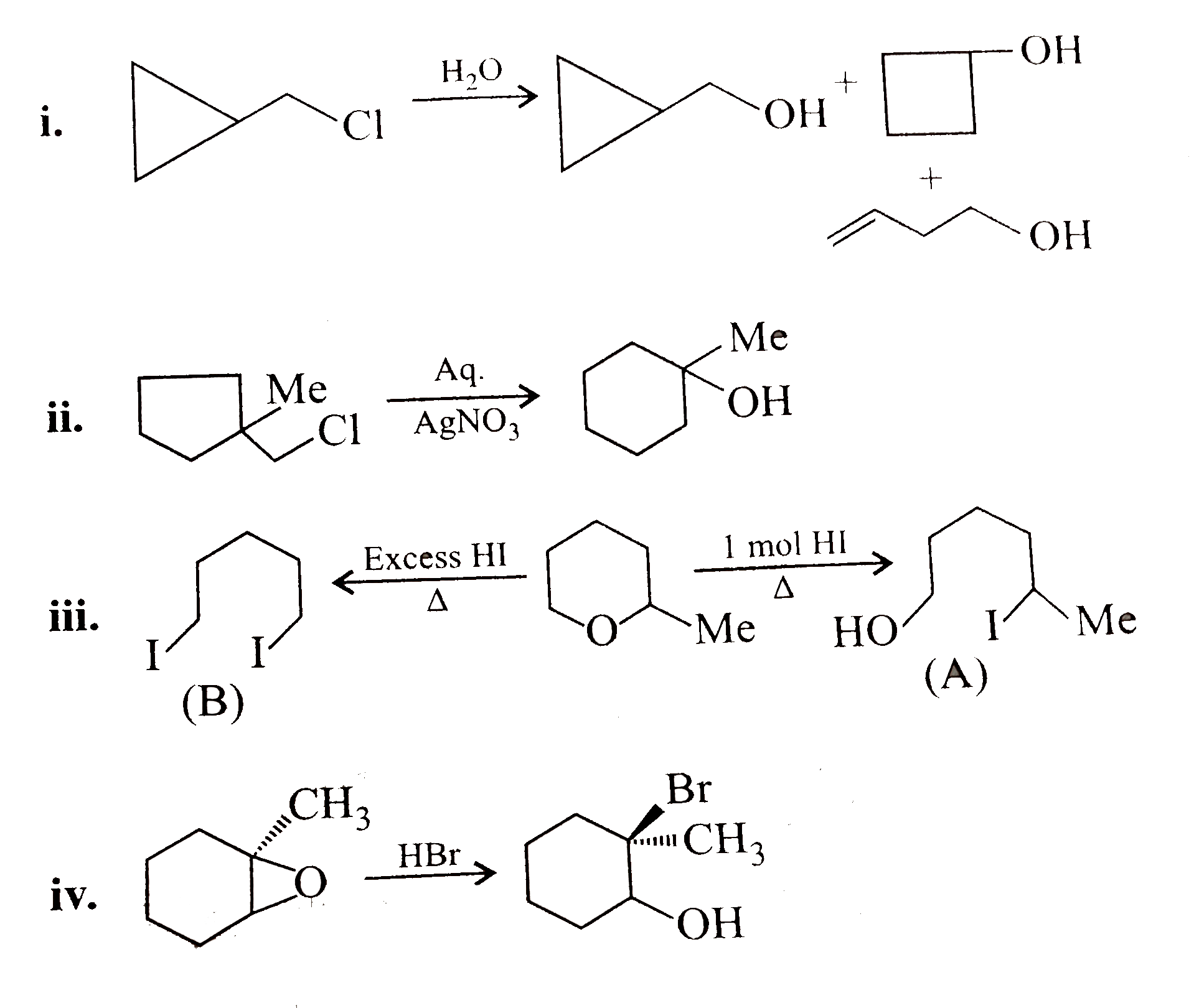Give suitable explanations for the following:
Why does a person feel breathlessness at higher altitudes?
Step-by-Step Solution:
1. Understanding Normal Breathing:
- In normal conditions, when a person breathes in (inhalation), the thoracic cavity expands. This expansion decreases the pressure inside the lungs compared to the outside atmosphere, allowing air to flow in from a region of higher pressure (outside) to a region of lower pressure (inside the lungs).
2. Air Pressure at Higher Altitudes:
- At higher altitudes, the atmospheric pressure is lower than at sea level. This means that the air is less dense, or "thinner," which affects the amount of oxygen available in the air.
3. Inhalation at High Altitude:
- During inhalation at high altitudes, the difference in pressure between the inside of the lungs and the outside atmosphere is reduced. Since the external air pressure is lower, the air does not flow into the lungs as effectively as it does at lower altitudes.
4. Difficulty in Breathing:
- Because the air pressure is lower, the amount of oxygen that enters the lungs is also reduced. This leads to a decreased availability of oxygen for the body, making it difficult for the person to breathe adequately.
5. Feeling of Breathlessness:
- The combination of lower oxygen availability and difficulty in inhalation results in a sensation of breathlessness. The body struggles to obtain the necessary oxygen, leading to discomfort and difficulty in breathing.
Final Explanation:
A person feels breathlessness at higher altitudes because the atmospheric pressure is lower, resulting in thinner air. This makes it difficult for air to enter the lungs during inhalation, leading to reduced oxygen intake and a sensation of breathlessness.
---
- In normal conditions, when a person breathes in (inhalation), the thoracic cavity expands. This expansion decreases the pressure inside the lungs compared to the outside atmosphere, allowing air to flow in from a region of higher pressure (outside) to a region of lower pressure (inside the lungs).
- At higher altitudes, the atmospheric pressure is lower than at sea level. This means that the air is less dense, or "thinner," which affects the amount of oxygen available in the air.
- During inhalation at high altitudes, the difference in pressure between the inside of the lungs and the outside atmosphere is reduced. Since the external air pressure is lower, the air does not flow into the lungs as effectively as it does at lower altitudes.
- Because the air pressure is lower, the amount of oxygen that enters the lungs is also reduced. This leads to a decreased availability of oxygen for the body, making it difficult for the person to breathe adequately.
- The combination of lower oxygen availability and difficulty in inhalation results in a sensation of breathlessness. The body struggles to obtain the necessary oxygen, leading to discomfort and difficulty in breathing.
A person feels breathlessness at higher altitudes because the atmospheric pressure is lower, resulting in thinner air. This makes it difficult for air to enter the lungs during inhalation, leading to reduced oxygen intake and a sensation of breathlessness.
Topper's Solved these Questions
- THE RESPIRATORY SYSTEMBOOK - ICSECHAPTER - THE RESPIRATORY SYSTEMEXERCISE - REVIEW QUESTIONS (E. STRUCTURED/APPLICATION/SKILL TYPE)
6 Videos
- THE RESPIRATORY SYSTEMBOOK - ICSECHAPTER - THE RESPIRATORY SYSTEMEXERCISE - PROGESS CHECK
15 Videos
- THE RESPIRATORY SYSTEMBOOK - ICSECHAPTER - THE RESPIRATORY SYSTEMEXERCISE - REVIEW QUESTIONS (C. SHORT ANSWER TYPE )
16 Videos
- THE FLOWERBOOK - ICSECHAPTER - THE FLOWEREXERCISE - REVIEW QUESTIONS (E. STRUCTURED/APPLICATION QUESTIONS )
6 Videos
- TISSUES - PLANT AND ANIMAL TISSUES BOOK - ICSECHAPTER - TISSUES - PLANT AND ANIMAL TISSUES EXERCISE - TOPIC 2 (5 Marks Questions )
40 Videos
Similar Questions
Give a suitable mechanism for the following :
 .
.
View SolutionGive suitable explanations for the following:
Hands must be washed before eating food.
View SolutionGive suitable explanations for the following:
Why does gaseous exchange continue in the lungs even during expiration ?
View SolutionGive suitable explanations for the following:
Why do you shiver and why do your teeth chatter when it is very cold in winter ?
View SolutionGive suitable explanations for the following:
Eating places must be kept free of flies.
View SolutionGive suitable explanation for the following:
Grapes shrink when immersed in a very strong sugar solution.
View SolutionGive biological explanations for the following statements:
A Bat is a Mammal.
View SolutionWhy does ice melt slowly at higher altitudes?
View SolutionGive biological explanations for the following:
Birds are able to fly but most mammals are not.
View SolutionGive biological explanations for the following:
The mode of nutrition in fungi is mostly heterotrophic.
View Solution
